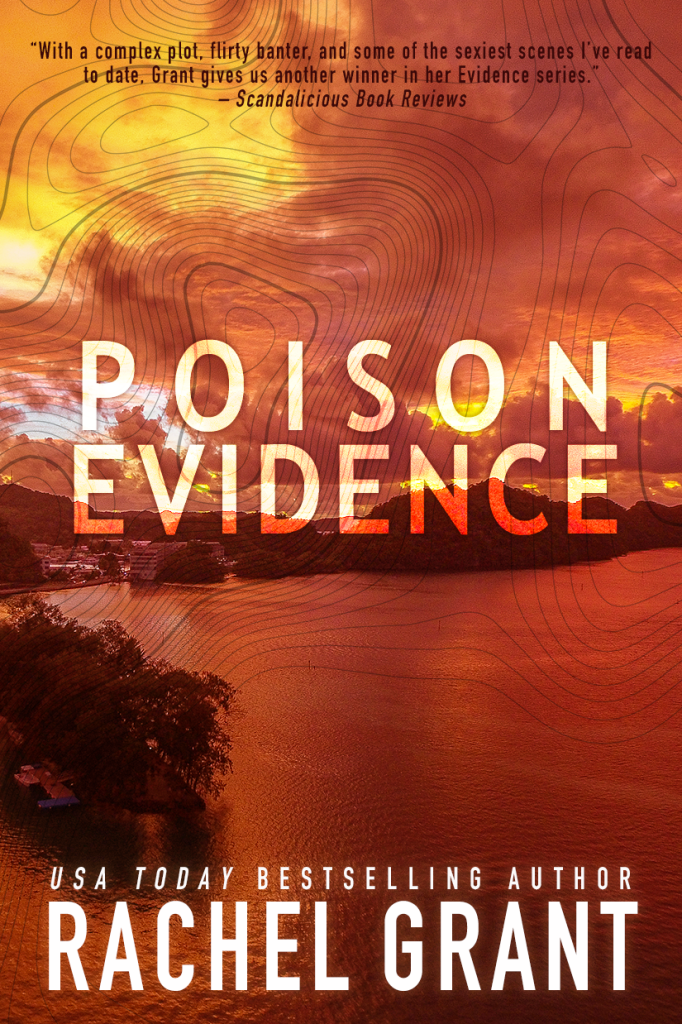It was supposed to be paradise…
Ivy MacLeod has the perfect opportunity to test her advanced remote sensing technology: mapping a World War II battle site in the islands of Palau. The project is more than an all-expenses-paid trip to paradise. It’s also an opportunity to distance her reputation from her traitorous ex-husband.
But foreign intelligence agencies will kill to possess her invention, and paradise turns deadly when her ex-husband’s vicious allies attack. In desperation, she turns to Air Force pilot Jack Keaton. But is he the bigger threat? Jack might be protecting her as he claims…or he could be a foreign agent. Her compass is skewed by his magnetic pull and further thrown off when she learns her own government has betrayed her.
Stranded on a tropical island with a man whose motives remain a mystery, Ivy must decide who is the spy, who is the protector, and who is the ultimate villain. She longs to trust the man who rescued her, but she’s risking more than her heart. Choose right, and she saves her country’s secrets—and her life. Choose wrong—and she risks nothing short of all-out war.

“This hero had way too many names.”
– Dimitri Veselov
Purchase Here
Trade paperback edition is available at Amazon,
Barnes & Noble, and
Poison Evidence

Fiction & Reality Intersections
Archaeologists have been quick to adopt technology often used in intelligence gathering for finding and recording sites. This has resulted in some amazing discoveries, including locating entire villages and buried pyramids. This article is a good starting point if you’d like to read more on how archaeologists use the technology.
The technology of intelligence gathering is rapidly changing. Archaeologists and many other scientific disciplines are adapting in sync with the expanded abilities of drones and satellites. Ivy’s inventions, CAM and RON, along with the Air/Underwater Unmanned Vehicle (AUUV), are fictional in the way they are used in Poison Evidence, however they are based on technology that is being developed and could possibly already be in use. Sleeper surveillance drones, artificially intelligent mapping drones, Lidar mapping that works seamlessly above and below water, and vehicles that can autonomously transform from swim to flight are all in development stages (if not already in use) and the role of drones in espionage could well eclipse the traditional role of human intelligence gathering.








